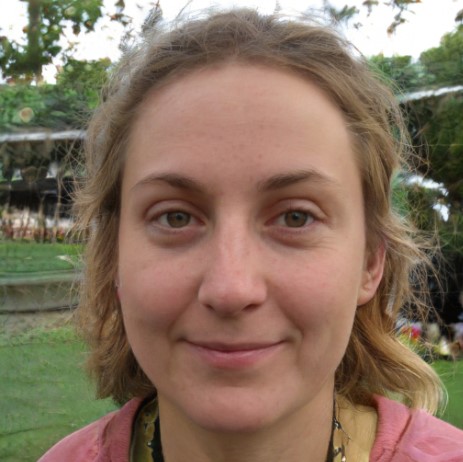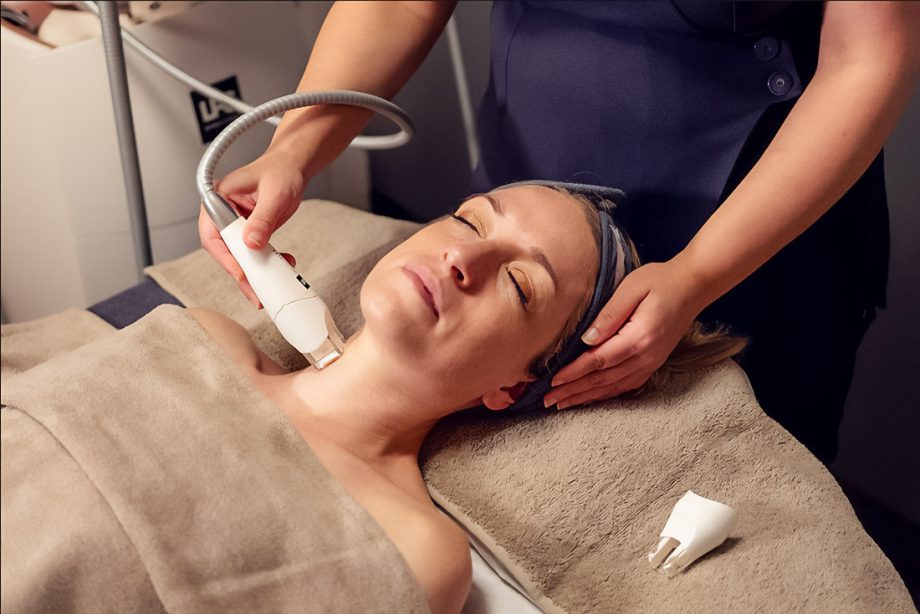While botulinum toxin injections are generally safe, a rare but significant complication can occur when the substance migrates outside the targeted injection area. This unintended migration can lead to undesirable effects such as facial asymmetry, drooping eyelids, altered expressions, or a disruption of natural muscle movement. Resolving these complex issues requires the expertise of a highly qualified and experienced specialist, which is precisely the standard of care provided by reputable aesthetic medical clinics. These clinics are equipped to expertly manage and correct such rare side effects, ensuring patient safety and restoring desired aesthetic outcomes through precise, knowledgeable intervention.
The migration of botulinum toxin is associated with several factors. Most often, it occurs due to an incorrectly selected dosage, too deep or superficial injection technique, as well as due to the individual characteristics of the patient. In some cases, the complication increases with active facial expressions or physical exertion immediately after the procedure. According to practitioners, the risk of drug displacement increases if injections are performed in the forehead or between the eyebrows, where muscles are actively involved in expressing emotions.
Correcting the consequences requires specialized methods. Some clinics use injections of additional doses of botulinum toxin to compensate for the asymmetry. In other cases, myostimulation, physiotherapy or laser techniques are prescribed, which accelerate the breakdown of the drug in the muscles. In the most difficult situations, the doctor may suggest the administration of antagonist drugs or an individually selected course of correction. It is important to take into account that the restoration of symmetry can take several weeks, since the effect of botulinum toxin lasts from 3 to 6 months.
Special attention is paid to diagnostics. Before choosing a correction method, the doctor evaluates the degree of displacement of the drug, the severity of muscle weakness and the general parameters of the skin condition. Modern clinics use photofixation of dynamic and static facial movements, which helps to objectively determine the extent of the complication. In some cases, electromyography is performed to assess the activity of individual muscle groups.
Prevention of complications is no less important than their elimination. Experts recommend that the procedure be trusted only by doctors with medical education, strictly follow the regime in the first days after injections, avoid facial massage and intensive training. If Botox is done the right way, it usually stays in place. If it moves, only some doctors know how to fix it. That’s why it’s very important to go to a good doctor.




